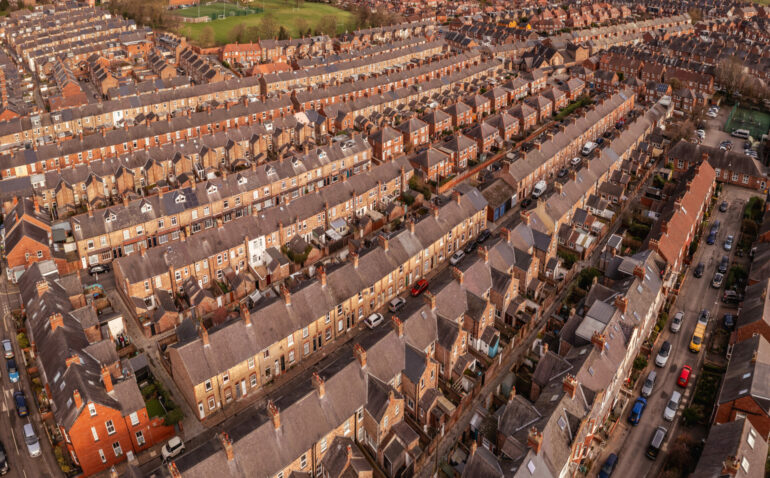In July, the average sale price of a home in England and Wales edged lower by about £500, or 0.1%, to £360,630, data from e.surv’s monthly House Price Index has revealed.
Prices throughout the month were just 1.3% below that of a year earlier.
Regionally, prices in North East and North West England rose the most, by more than 1% year-on-year.
Meanwhile, there was a particularly sharp improvement in the South West, where prices are now also in positive territory.
Wales saw a significant improvement compared with three months ago, even though currently prices continue to nudge lower.
Richard Sexton, director at e.surv, said: “In July 2024, the England and Wales housing market showed a slight decline, with the average sale price of a home decreasing by approximately £500 (0.1%) to £360,630.
“This minor downturn pauses the incremental gains seen in the preceding months. Despite the monthly volatility, the overall market performance has remained relatively stable over the past quarter.
“This stability is noteworthy given the ongoing affordability challenges and uncertainties surrounding the July General Election.”
He added: “The annual change in house prices, showing a decrease of 1.3%, marks the most robust performance since June 2023.
“This represents a significant improvement from the nearly 4% annual declines experienced in previous months.
“It suggests that the market has weathered the most challenging conditions, which peaked in late 2023, and is now on a gradual, albeit uneven, recovery path.
“Moreover, the recent cut in official interest rates by the Bank of England, the first in four years, alongside the new Labour Government’s emphasis on boosting housing supply, is expected to instil greater confidence and activity in the housing market.
“This impact is already evident as a number of mortgage lenders lower rates to below 4%. This trend is likely to make borrowing more affordable for potential homebuyers, further stimulating demand and supporting overall market growth in the second half of the year.
“Looking ahead, wage growth and lower inflation are expected to make mortgage costs more affordable relative to incomes.
“On the supply side, the government’s commitment to mandatory building targets and an increased output goal of 370,000 homes per annum signals a clear direction towards enhancing housing supply, though this will take time to materialise.”




